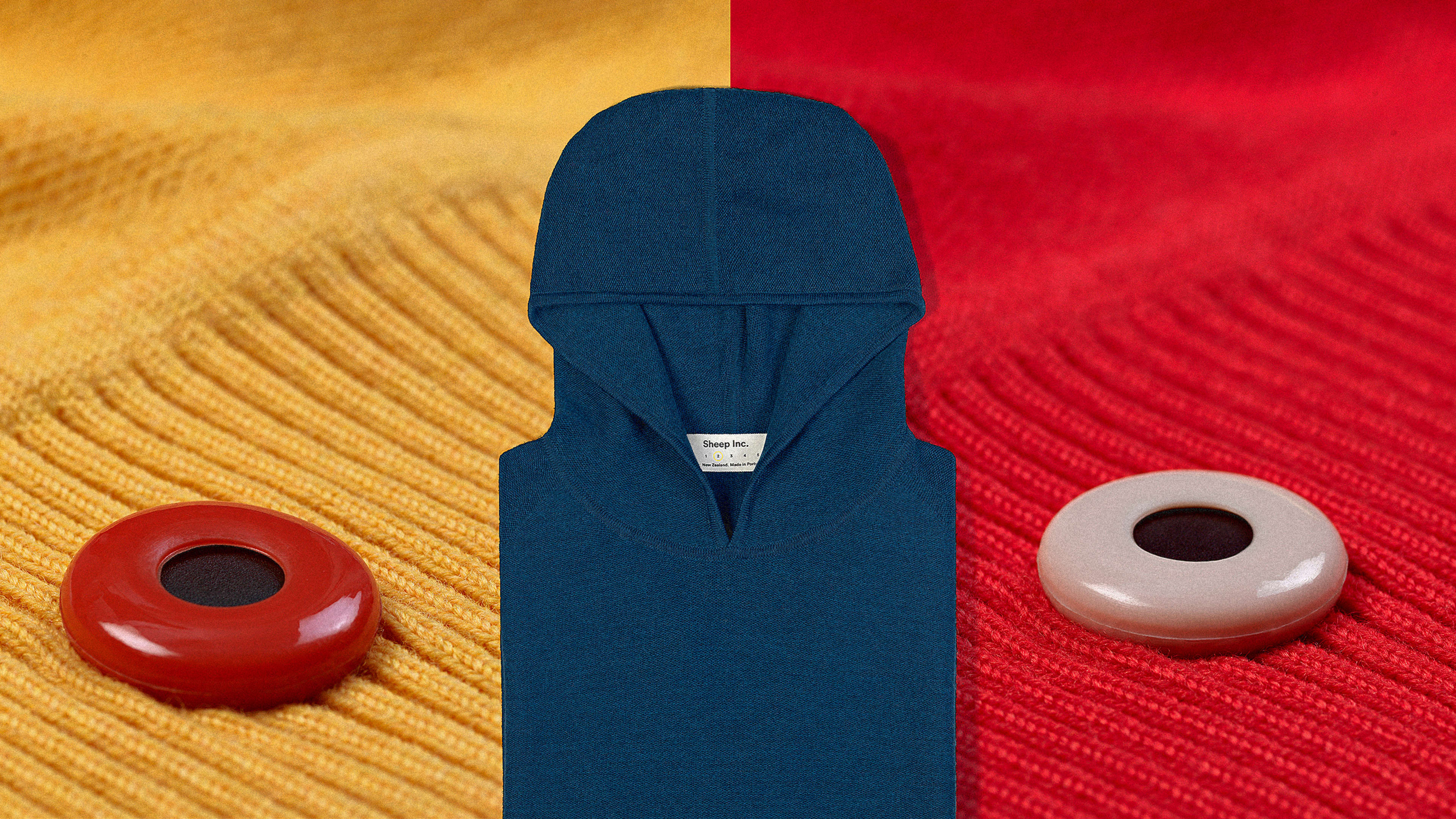The typical “carbon negative” product involves a manufacturer buying carbon offsets to, say, protect forests—something that can be tricky to get right and that doesn’t eliminate the fact that making the product added CO2 to the atmosphere. A new carbon-negative wool hoodie is different: The process of making the hoodie is actually beneficial, removing more carbon from the atmosphere than it creates.
It starts on three farms in New Zealand, where the company making the hoodie, U.K.-based startup Sheep Inc., sources its wool. By using regenerative agriculture practices—things like managing how the sheep graze so that plants growing on the farms can help capture the maximum amount of carbon in the soil—producing the wool captures more carbon than the farms emit. “Over the last two years, we’ve been running a research project with the farms to really figure out what that final number is—how much impact does a kilogram of wool coming from a particular farm [have]?” says CEO and cofounder Edzard van der Wyck. The farms sequester enough carbon, it turns out, to more than cover the emissions in the other stages of the hoodie’s life cycle.
[Photo: Sheep Inc.]The yarn travels by ship to a mill in Germany that spins it using renewable energy and applies a treatment, free of harmful chemicals, that can help make the wool more durable so that the final product lasts longer. At another factory in Portugal, a knitter uses 3D knitting machines—running on solar power—to make the garment without waste. Because the machines make the hoodie without seams, and no other material is used for thread, the clothing is fully biodegradable when it eventually wears out. “You put our sweaters in the ground, and they’re gone within 6 to 12 months,” van der Wyck says.
A carbon-neutral logistics company called Airbox, which also runs on solar power and uses electric vehicles when possible, delivers the clothing to customers. Sheep Inc. will continue looking for ways to shrink any remaining emissions; it might be possible to use wind-powered ships to deliver the wool from New Zealand, for example. On the farms, farmers are experimenting with methods like adding seaweed to feed so the sheep burp less methane, a potent greenhouse gas.

It’s important for businesses to go further than just reducing emissions by a particular percentage, van der Wyck says, and to fully eliminate their footprints. “Our real aim of this,” he says, “is to show that with a rigorous interrogation of every single part of your supply chain and part of your business, brands can actually be part of the solution and not part of the problem.”
Recognize your brand’s excellence by applying to this year’s Brands That Matter Awards before the final deadline, June 7.
Sign up for Brands That Matter notifications here.
